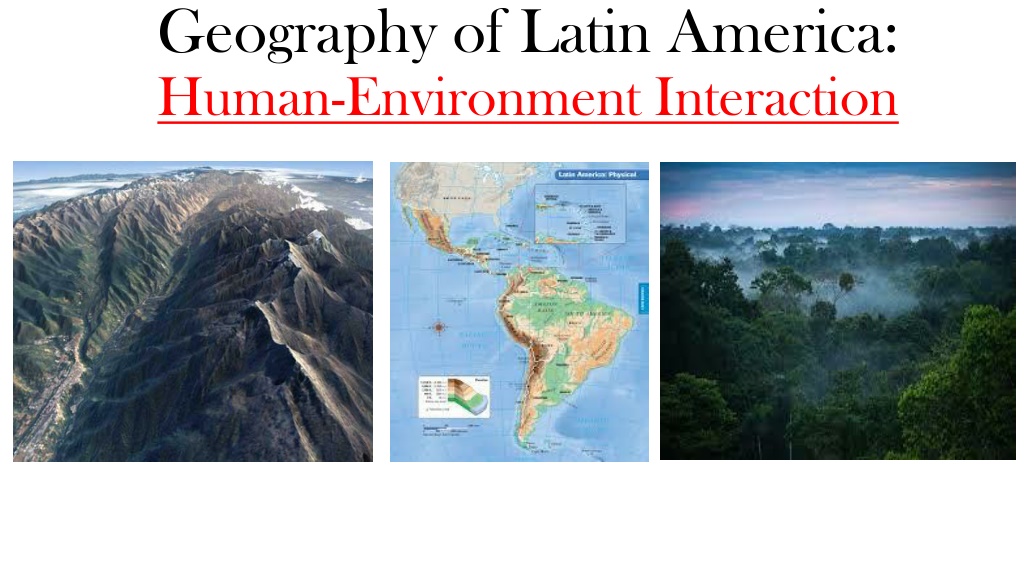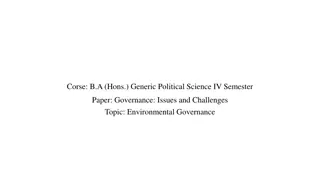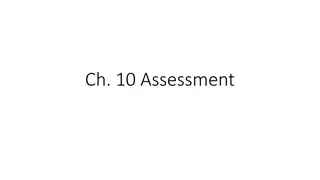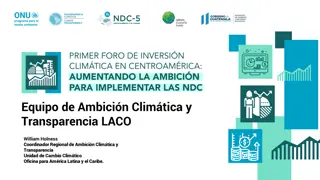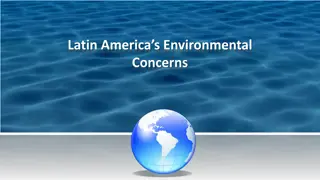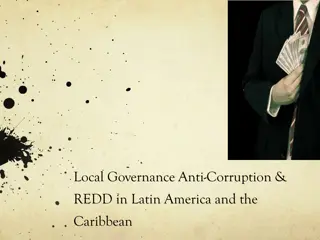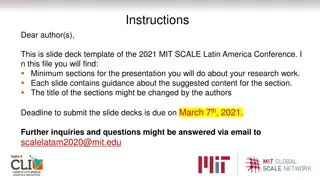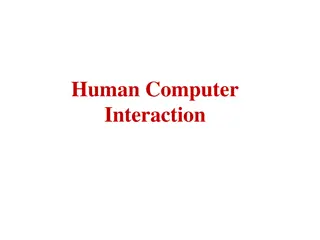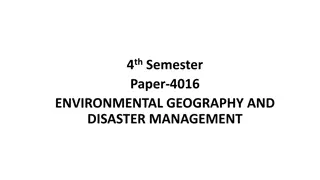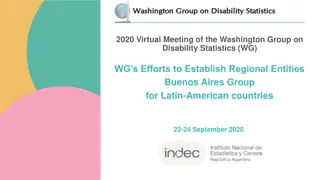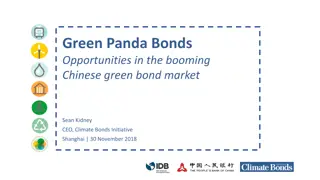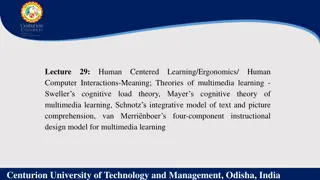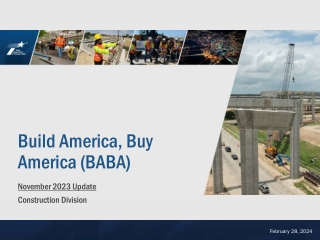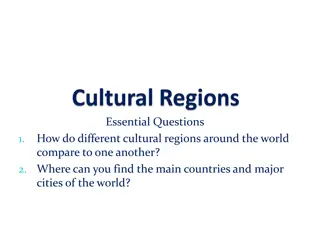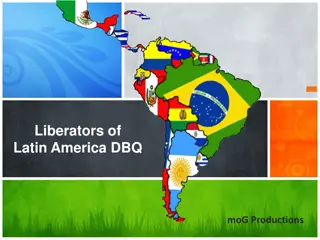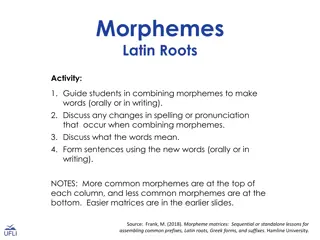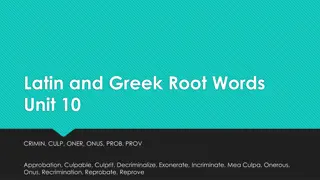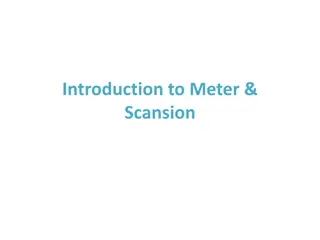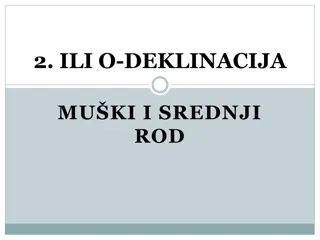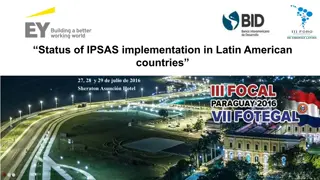Human-Environment Interaction in Latin America
Latin America's geography has influenced human activities throughout history. The ancient civilizations like the Inca used innovative techniques such as terraced farming in the Andes. Modern agricultural practices like slash-and-burn in the Amazon and urbanization trends highlight the ongoing human-environment interaction in the region.
Download Presentation

Please find below an Image/Link to download the presentation.
The content on the website is provided AS IS for your information and personal use only. It may not be sold, licensed, or shared on other websites without obtaining consent from the author. Download presentation by click this link. If you encounter any issues during the download, it is possible that the publisher has removed the file from their server.
E N D
Presentation Transcript
Geography of Latin America: Human-Environment Interaction
A human perspective A human perspective High in the Andes Mountains, in what is present-day Peru, the ancient Inca needed fields in which to grow crops. By the 1200s, in the high lands around their capital of Cuzco and elsewhere, the Inca carved terraces out of the steep sides of the Andes Mountains as well as irrigation channels.
Machu Picchu Machu Picchu Short Video Questions Short Video Questions https://www.youtube.com/watch?v=cnMa-Sm9H4k Where is Machu Picchu located? Which ancient empire flourished with Machu Picchu at the center? When was it built? How is the architectural design of Machu Picchu related to the theme of Human environment interaction?
Agriculture reshapes the Agriculture reshapes the Environment Environment Slash-and-Burn: to clear fields, native peoples used the slash-and-burn technique they cut trees, brush, and grasses and burned the debris to clear the field. Today, farmers practice the same method as they move into the Amazon River basin in Brazil and clear land for farming in the rain forest.
Terraced farming- Terraced farming is an ancient technique for growing crops on hillsides or mountain slopes. It is especially important technique in the mountainous areas of the region. Used by the Inca in Peru and the Aztecs in Mexico.
Urbanization: The Move to the Cities Urbanization: The Move to the Cities Throughout Latin America, people are moving from rural areas into the cities. They leave farms and villages in search of jobs and a better life.
Reasons for Urbanization Reasons for Urbanization Push factors are factors that push people to leave rural areas. Make a list of possible push factors. Pull factors are factors that pull people toward the cities. Make a list of possible pull factors.
Rapidly Growing Cities (Skillbuilder on pg. 212) Largest populations in South America include: 1. Sao Paulo, Brazil 2. Rio de Janerio, Brazil 3. Buenos Aires, Argentina 4. Lima, Peru 5. Bogota, Columbia 6. Santiago, Chile 7. Mexico City, Mexico
Problems of Growing Cities Unemployment and crime often increase as urbanization increases. Pollution from cars and factories. Poor infrastructure (sewers, transportation, electricity and housing)
Tourism: Positive and Negative Impacts Advantages: 1. Creates jobs in the local economy 2. Brings money into local business and industry
Disadvantages 1. Congestion and pollution 2. Gap between rich tourists and less well-off local residents. 3. Local governments can run up large public debts by borrowing money to build tourist facilities.
